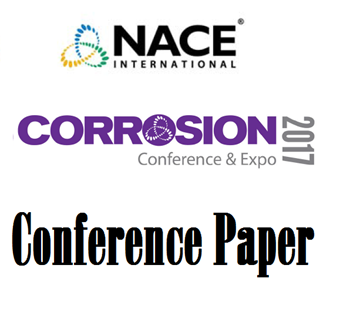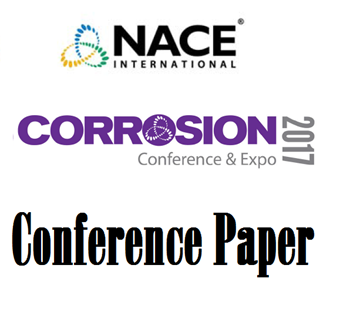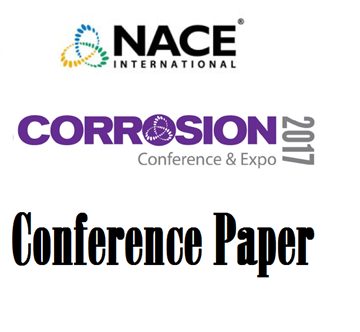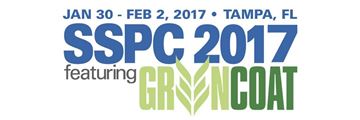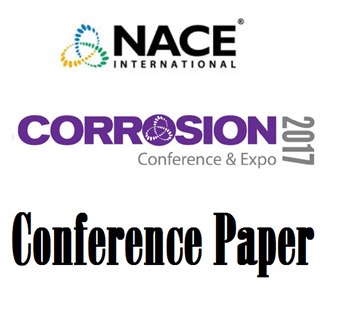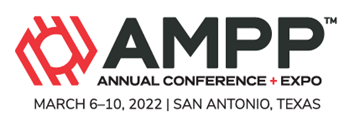Search
Products tagged with 'co2'
View as
Sort by
Display
per page
Current Industry Practice in Carbon Capture Corrosion, and the Knowledge Gap it Produces
Product Number:
51323-19539-SG
Publication Date:
2023
$20.00
Development of Sucker Rods for Aggressive Environments
Product Number:
51317--8944-SG
ISBN:
8944 2017 CP
Publication Date:
2017
$20.00
Effect of Aggressive Substance on the Nature of Corrosion Scales Formation on Super 13Cr Stainless Steel in Formate Completion Fluid
Product Number:
51321-16311-SG
Publication Date:
2021
$20.00
Fitness-for-Purpose Testing of UNS R30003, UNS R30035, UNS N07718 and UNS N09946 in Environment with H2S, CO2, and High-Chlorides
Product Number:
51324-20839-SG
Publication Date:
2024
$40.00
Guidelines for Corrosion Inhibitor Selection for Oil and Gas Production
Product Number:
51317--8842-SG
ISBN:
8842 2017 CP
Publication Date:
2017
$20.00
Guidelines for Using Water Analysis for Corrosion Prediction- Sampling Analysis and Data Interpretation
Product Number:
51323-19421-SG
Publication Date:
2023
$20.00
H2S, CO2 and High Chloride Downhole Environment Modelling and Fitness for Purpose Testing of UNS S39274, UNS N08535 and UNS N06255 Corrosion Resistant Alloys
Product Number:
51324-20838-SG
Publication Date:
2024
$40.00
Impact of O2 Content on Corrosion Behavior of X65 Mild Steel in Gaseous, Liquid and Supercritical CO2 environments
Product Number:
51320-14433-SG
Publication Date:
2020
$20.00
Lab Performance Testing on Corrosion Inhibitors Under Supercritical Carbon Dioxide Conditions
Product Number:
51317--9474-SG
ISBN:
9474 2017 CP
Publication Date:
2017
$20.00
On-Line Real-Time Corrosion Monitoring Techniques Under Co2 - Brine Environment – Comparative Study
Product Number:
51317--9040-SG
ISBN:
9040 2017 CP
Publication Date:
2017
$20.00
Role Of Acetic Acid On The Kinetics And Mechanism Of Carbon Steel Dissolution Under CO2 Top Of Line Corrosion
Product Number:
51322-17818-SG
Publication Date:
2022
$20.00


